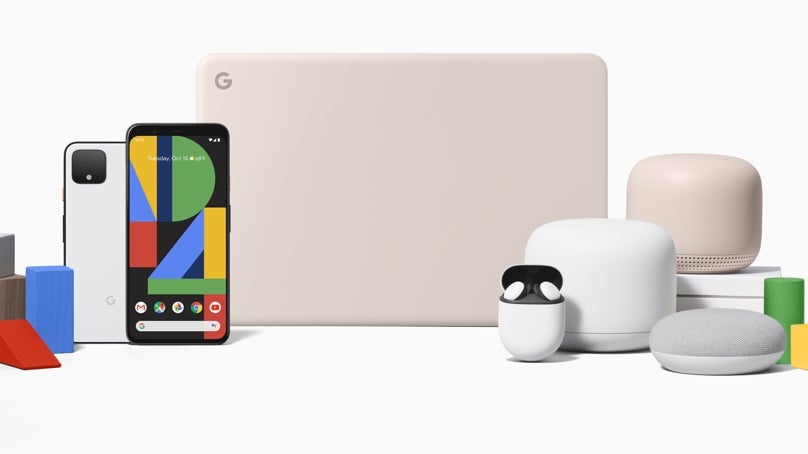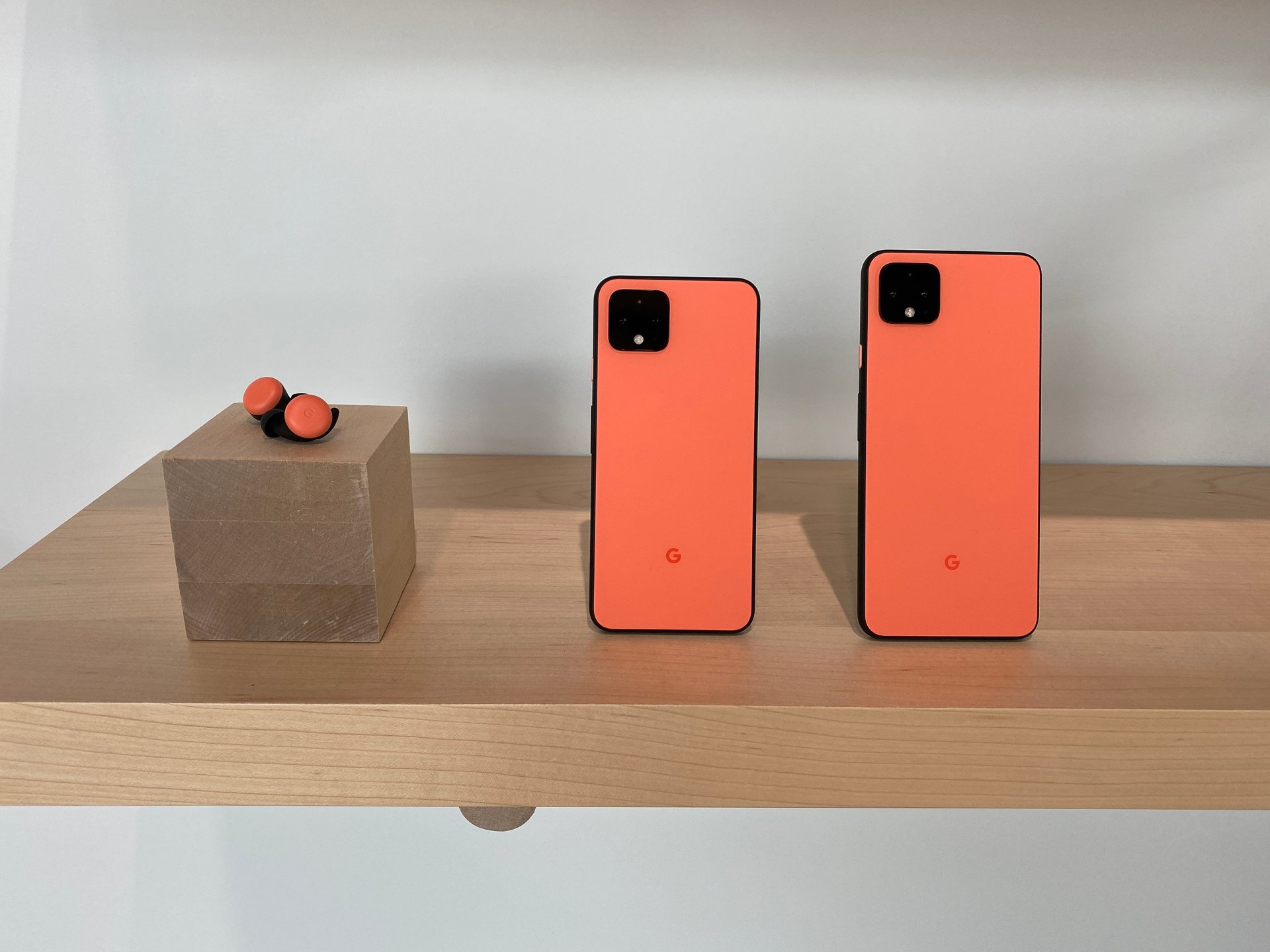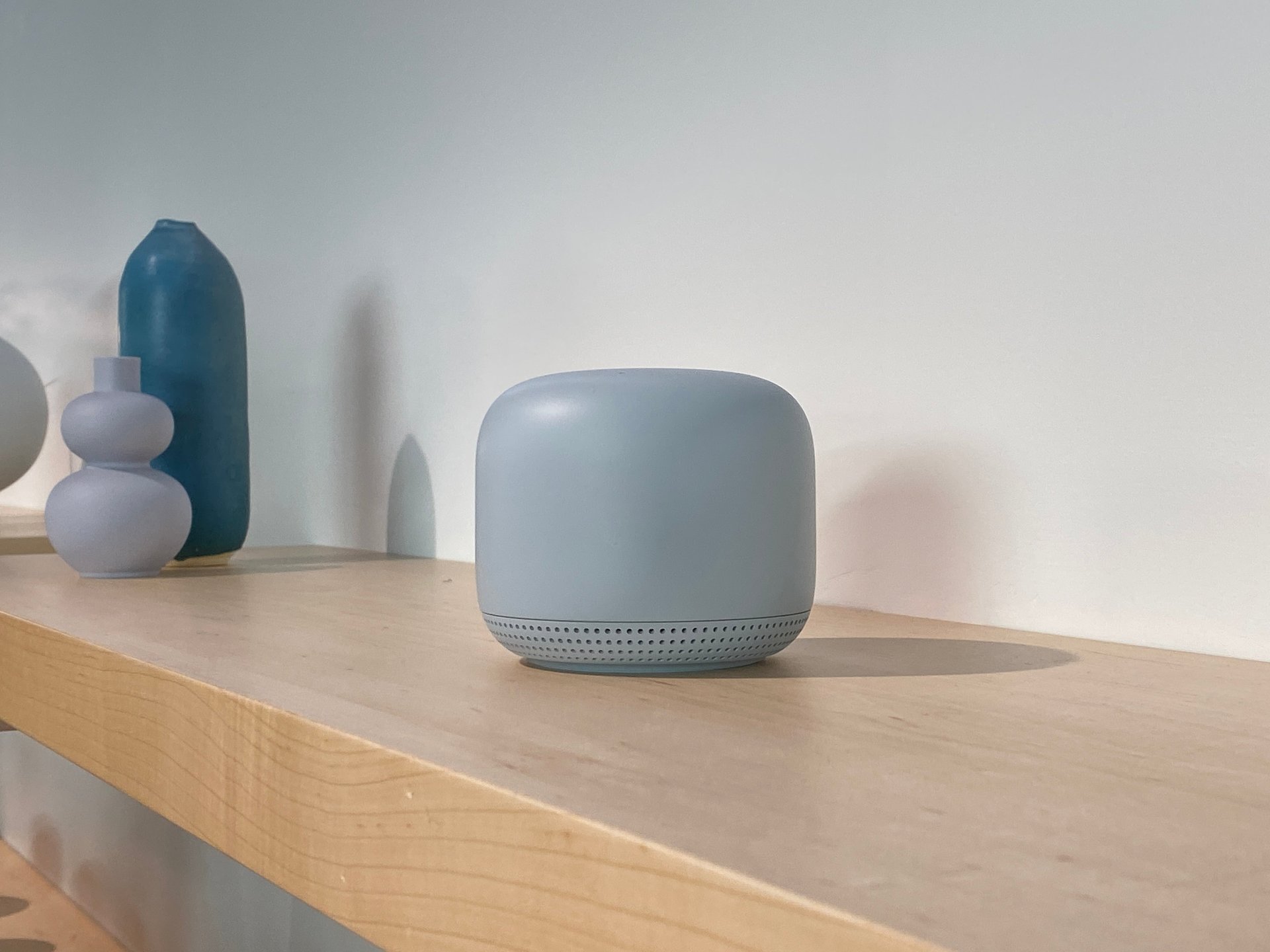Google wants to be more sustainable—nevermind all the new products it announced
Google showcased its forthcoming hardware today at a press event in New York’s new Hudson Yards development. Some of the devices will be available in time of the holidays, and others won’t, but they’re all meant to usher in what Google is calling a new era of “ambient computing,” where a combination of hardware and AI-powered software will provide only the pertinent information users need, when they need it.


Google showcased its forthcoming hardware today at a press event in New York’s new Hudson Yards development. Some of the devices will be available in time of the holidays, and others won’t, but they’re all meant to usher in what Google is calling a new era of “ambient computing,” where a combination of hardware and AI-powered software will provide only the pertinent information users need, when they need it.
Doubling down on the software in these devices will theoretically mean that consumers won’t need to shell out for device upgrades as often, as Google’s devices are meant to get smarter over time. (Just look at the impressive low-light photography mode Google introduced after the Pixel 3 last year.)
That matches well with Google’s other big theme for the event: sustainability. The company announced on stage that it was investing $150 million in “renewable energy,” and would be offsetting electricity produced by its third-party hardware manufacturers during their shipping processes. Google’s head of hardware design, Ivy Ross, said the company has begun using recycled plastics in many of its products, including the controller for its forthcoming Stadia game-streaming service (which will launch Nov. 19) and in the coverings for its new Nest Mini speakers. Ross said that a single plastic water bottle can be turned into two fabric covers for the Nest Mini.
It’s admirable that Google is openly questioning its impact on the environment when producing new devices, especially ones that require mining rare-earth materials, and parts that need to be shipped from one side of the planet to the other. But it’s difficult to square that thinking with an event intended to show off a host of new devices that Google presumably wants people to buy. To the average consumer, some of the products introduced today will appear extremely similar to older Google products. On top of that, Google’s existing products aren’t particularly repairable, if something were to break on them.
Constraining Google’s impact on the environment will be a long-term effort. Meanwhile, here’s a quick rundown of the new products Google announced:
Pixel 4
Teased well in advance of the event (Google even bought a billboard in Times Square showing it off), Google’s newest smartphone was no mystery heading into today—at least on the outside. The phone comes in two sizes, featuring bright 5.7-inch or 6.3-inch OLED displays. Both have two rear cameras that can combine with built-in software to approximate eight times zoom. Both feature 6 GB of memory and up to 128 GB of storage, running on Qualcomm’s latest Snapdragon processor. They also have a Google-built “Pixel Neural Core” processor that allows the phones to run complex AI software—for live-transcribing voice memos, for example—without having to send information out to the cloud for processing. There’s also a new radar sensor allowing for facial recognition to unlock the device, as well as hand gestures to mute notifications. Google tells us it’s looking into more uses for the new technology.
But the star of the phone, like all the Pixels before it, is the camera’s software. The new phones come with enhancements to effectively improve the contrast, brightness, and sharpness of whatever you’re shooting, regardless of how poor a photographer you are. Google has also improved the nighttime shooting mode on the camera. (It showed off some impressive photos of the Grand Canyon and the Milky Way in the middle of the night.)
The Pixel 4 starts at $799, and the Pixel 4 XL at $899. Both come in off-white, orange, and black, and are available for preorder from Oct. 24.

Nest Mini
If this sounds familiar, don’t worry—it is. Last year, Google rebranded all of its smart-home products to sit within Nest, the security camera brand that Google’s parent, Alphabet, bought and has since folded into Google’s hardware division. The new Nest Mini looks nearly identical to the old Google Home Mini, but it has a few improvements under the fabric. It now features three microphones (to better pick up voices), twice as much bass as the older model, and an onboard processor just for understanding speech. That means the device only needs to send data out to the cloud if it doesn’t know the answer to something, like today’s weather. But if all you want to do is tell Google to turn off the lights, it should be able to do that instantly.
The new Nest Mini costs $49 and will be available on Oct. 22. Colors are similar to what’s available for the Pixel 4, in addition to light blue.
Nest Wifi
Another Nest update to an existing Google product, the new Nest Wifi system is meant to serve as your wifi routers and range extenders. But it’s also a way to chat with Google Assistant, basically adding in the functionality found in the Nest Mini. Google said that one router and one extra module should provide enough signal to cover roughly 85% of US household designs. Much like Amazon’s newest Echo products, users can ask Google Assistant on the hub to turn off wifi access to specific devices connected to the network, meaning parents can wield a new level of tyranny over unruly kids and their connected devices.
A pack of two white Wifi modules will cost $269, and a pack of three is $349. (For comparison, Amazon’s eero label sells three routers for $249.) Nest Wifi will be available Nov. 4 and can be preordered starting today.

Pixel Buds
Like just about every other tech company out there, Google will be launching a set of connected earbuds. But Google didn’t have too much to say about its new buds because they won’t be available until spring 2020. The small earpieces will offer five hours of battery life (and 19 more hours of charge in their case), and will be priced at $179. But whether anyone will wait until after the holidays for Google’s answer to the excellent earbud devices already on the market is unclear.
Pixelbook Go
Google introduced a new, pared-down version of its Chrome-based Pixelbook laptop. Like the new Pixel 4, it eschews the design language of older models, instead opting for a simpler, more rugged design. The bottom of the laptop features a corrugated edge that’s meant to make it easier to grip, a quiet keyboard, and a 13.3-inch touchscreen display.
The laptop will start at $649, far below the $1,000 the Pixelbook cost at launch, but still more than many of the successful Chromebook laptops sold by the likes of Lenovo, Samsung, and Acer.